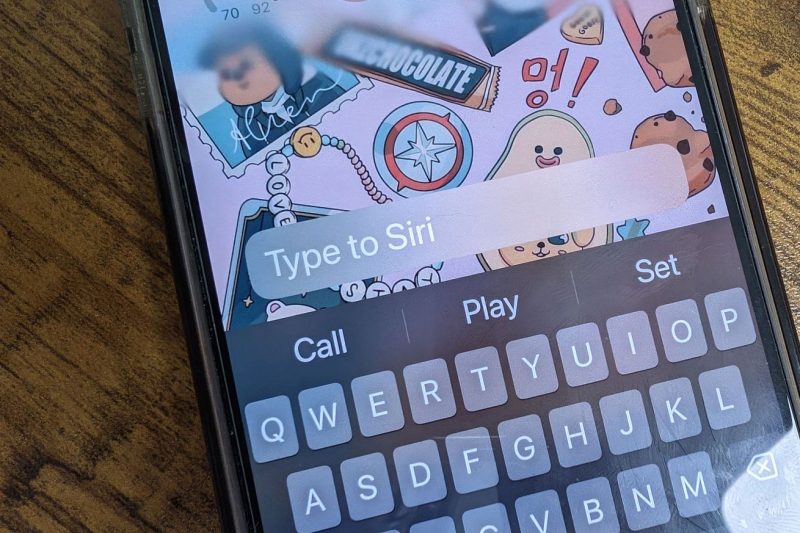In today’s age of advanced technology, the use of AI assistants has become increasingly prevalent in our daily lives. Whether you’re asking Siri for directions, setting reminders with Alexa, or chatting with a customer service chatbot, AI assistants have become an integral part of how we interact with technology.
However, a new trend is emerging that could potentially change the way we communicate with AI assistants – typing. Typing to AI assistants might just be the way to go for many users who prefer the convenience and efficiency that comes with written communication.
One of the key benefits of typing to AI assistants is the ability to communicate more clearly and precisely. When speaking to AI assistants using voice commands, there is always a risk of misinterpretation due to accents, background noise, or other factors. Typing removes this potential for error, allowing users to input their queries and requests directly without any room for miscommunication.
Furthermore, typing to AI assistants can also be more discreet and convenient in certain situations. For example, in a crowded or noisy environment where speaking aloud may not be feasible, typing offers a quiet and efficient way to interact with AI assistants without drawing unnecessary attention.
Another advantage of typing to AI assistants is the ability to quickly reference past conversations or information. When typing queries or commands, users can easily scroll back through the chat history to review previous interactions, making it easier to track progress or follow up on previous tasks.
Moreover, typing to AI assistants enables users to multitask more effectively. Rather than having to speak out loud and disrupt other tasks, users can simply type their queries while continuing with whatever else they are working on, increasing overall productivity and efficiency.
In conclusion, typing to AI assistants offers a range of benefits including improved clarity, discretion, convenience, and the ability to multitask effectively. While voice commands will continue to play a prominent role in interacting with AI assistants, typing may be the preferred method for many users seeking a more efficient and reliable communication channel. As technology continues to evolve, it will be interesting to see how typing to AI assistants further integrates into our daily routines and enhances the overall user experience.

